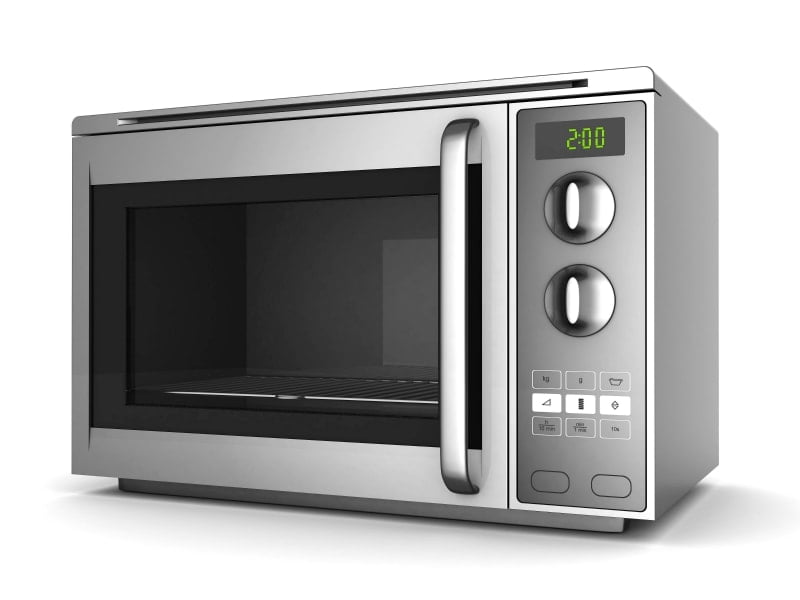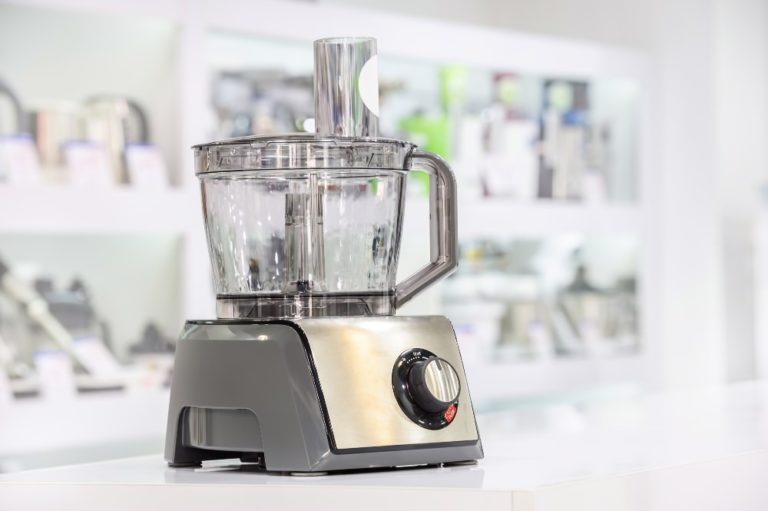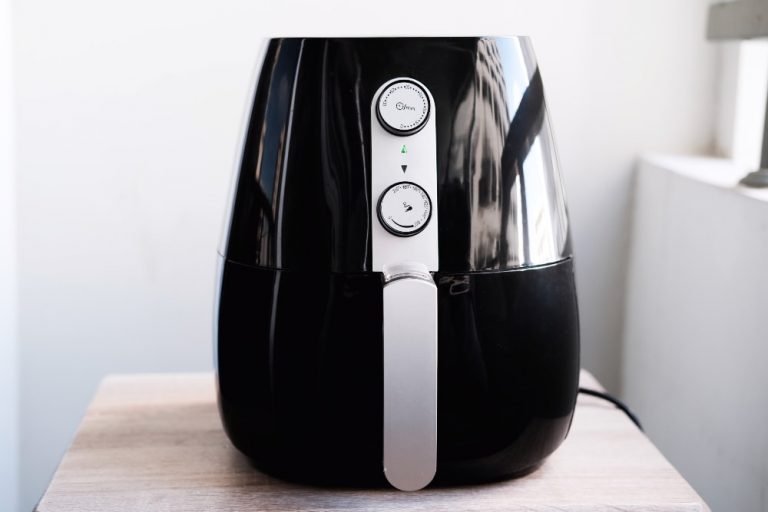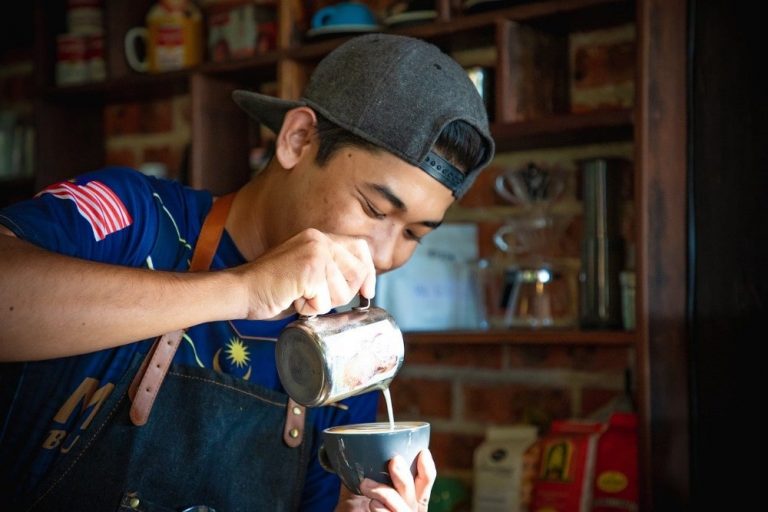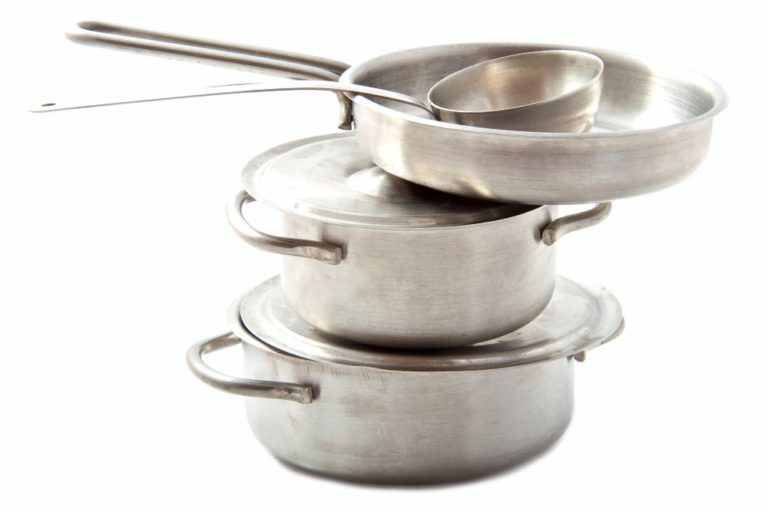Microwave Safety Tips – How To Use A Microwave Safely
It would be very rare to find a kitchen these days that did not include a microwave oven. Whether it’s used just for reheating cold food or maybe to defrost meat before cooking, there’s no doubt that, since it’s introduction to our kitchens back in the 1980’s, the microwave oven is a well used piece of kitchen equipment.
It’s not until your microwave stops working that you realize just how much you rely on this device for defrosting, reheating and cooking. When ours broke down recently I went out and bought a new one the very next day because it became clear that, even though I don’t do a lot of cooking in it, we do use it a lot for reheating leftovers and defrosting meat.
Most of us have lived with microwaves in our kitchens for most of our lives now so we’re pretty familiar with their uses, but, when’s the last time you refreshed your knowledge on the safety rules to follow regarding microwave cooking?
Here’s our list of Microwave Safety Tips that every microwave user needs to know.
The Best Cookware To Use In Your Microwave
As mentioned in our list of safety tips above, the best types of cookware to use in your microwave oven are glass, ceramic and plastic which is labelled as “microwave safe”.
Never put metal in your microwave (not even a spoon left in the bowl or a knife and fork left on the plate) as this can cause arcing and severely damage your microwave.
You probably already have plenty of dishes (plates, bowls and casserole dishes) in your house that are ceramic or oven proof glass and thus can be used safely in your microwave. Here are some of our favorite suggestions for some other fun microwave safe cookware:
The Joseph Joseph Stackable Microwave Cooking Set is very convenient and, due to its “stackability” allows you to cook a whole meal in your microwave in minutes!
If you’d rather avoid plastic (some people just prefer glass), this set from Libbey Baker includes 3 different sized casserole dishes with lids, and they’re safe for your microwave, oven, fridge and freezer, making this a very handy set for any kitchen.
For storing leftover food and then reheating, you can’t go past this great set of microwave safe food storage containers from Razab - great for meal prepping!
A set of glass jugs is a very handy addition to any kitchen for measuring and pouring batter and cake mixes and, when they’re microwave and dishwasher safe like this set from Pyrex, they’re even handier!
Cooking rice in the microwave is one of the easiest ways to prepare rice. You can just use a large, deep glass bowl to cook your rice or, if you prefer you can use a purpose-built microwave rice cooker. These are two of the best around to create fluffy rice in your microwave:
If you’re a bit old fashioned and prefer the look and feel of cooking in a saucepan, these microwave safe saucepans are really cool - perfect for heating up baked beans or a tin of soup, but in your microwave instead of on the stovetop!
Whatever you use your microwave for, it’s important to know the best, safe practices for using a microwave safely.
Hopefully our microwave safety tips have reminded you of all the important things to know about using your microwave safely and our microwave cookware guide has helped you to know the best and safest equipment you can use in your microwave.

